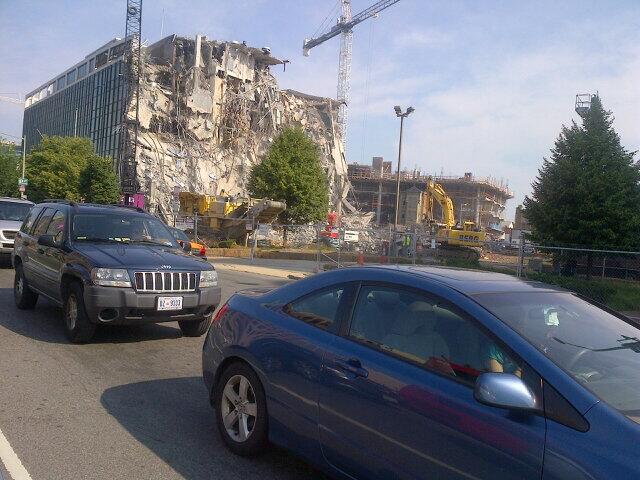The little spat in Washington over NPR’s new headquarters has gotten plenty of attention after an article last week in the Washington Post.
Conservatives have had a field day with the $201 million headquarters, using it to renew and old debate over whether public broadcasting should get any government assistance (this ignores the fact that one of the reasons for government assistance is a quid pro quo for the government’s imposition of rules against public broadcasters that commercial broadcasters don’t have to follow, but that’s a discussion for another day).
“The reality is, we had to move,” Emma Carrasco, NPR’s chief marketing officer, told the Washington Post. “When we looked at the possibility of retrofitting our existing buildings and consolidating [into the old headquarters], it really wasn’t feasible. So building a cost-effective building was the most prudent decision for us. We based it on pure economics and our staffing and technological needs.”
Fair enough. As more people turn to public broadcasting (and they are), their demands increase the need for technology and staffing. Anyone who’s watched newspapers hemorrhage people, resources, and then quality understand that.
But there’s something about having the ability to satisfy those expectations that drive some people crazy.
“NPR is a behemoth, and now the behemoth is rubbing our nose in it with this new building. They’re always telling us how poor they are, and how they need to raise money. And then they open these palatial digs. We’re not just competing against WAMU. We’re competing against this organization, too. We’d just like a level playing field,” Jim Farley of commercial station WTOP said.
The comments section of the Post article suggests the possibility of collateral damage, however. “I can happily reject their pledge drives since they certainly don’t need the money,” one said. In fact, NPR doesn’t run pledge drives; the public radio stations across the country do.
Next time in Washington, decide for yourself. Every day there’s a free public tour at 11 a.m. Presuming they’re not much different from the tours I conduct at MPR, most everyone who takes one will likely learn there’s a lot more to producing radio (and web) than a single voice coming out of the radio.
As I write this, by the way, the leaders of both NPR and MPR are on the Daily Circuit. Maybe the issue comes up; maybe not. The audio will be posted soon if it’s not already available.
Update: Here’s a picture of the old NPR building from CNN’s Tom Foreman. There’s a metaphorical caption here somewhere.

